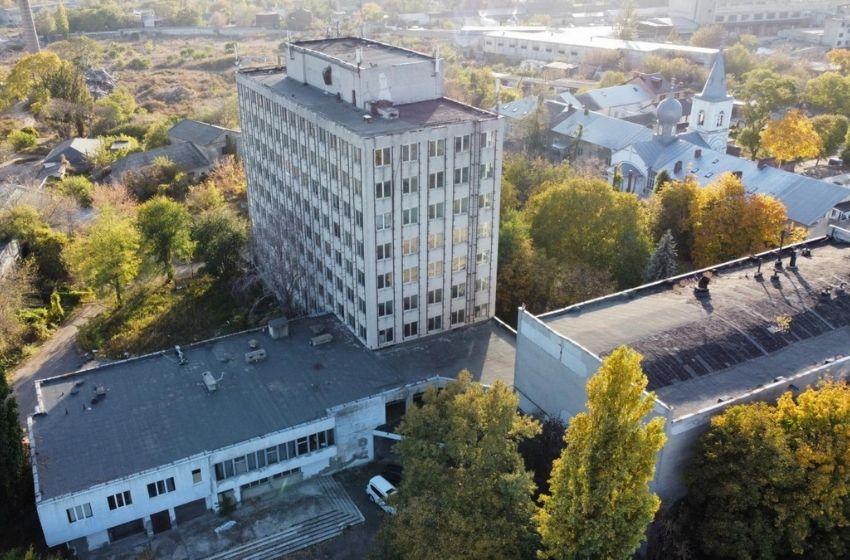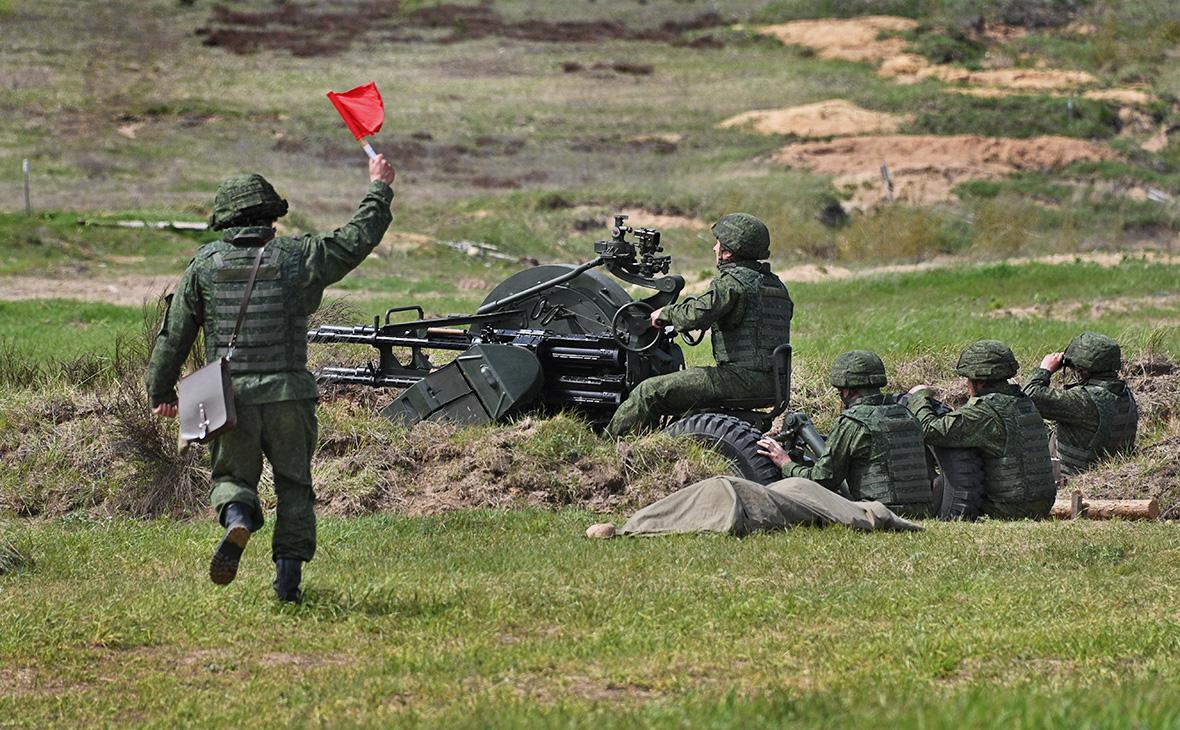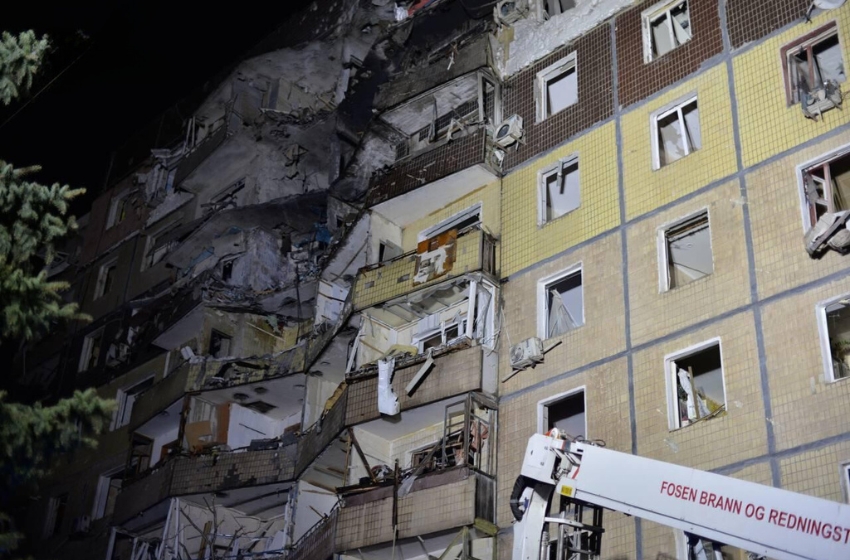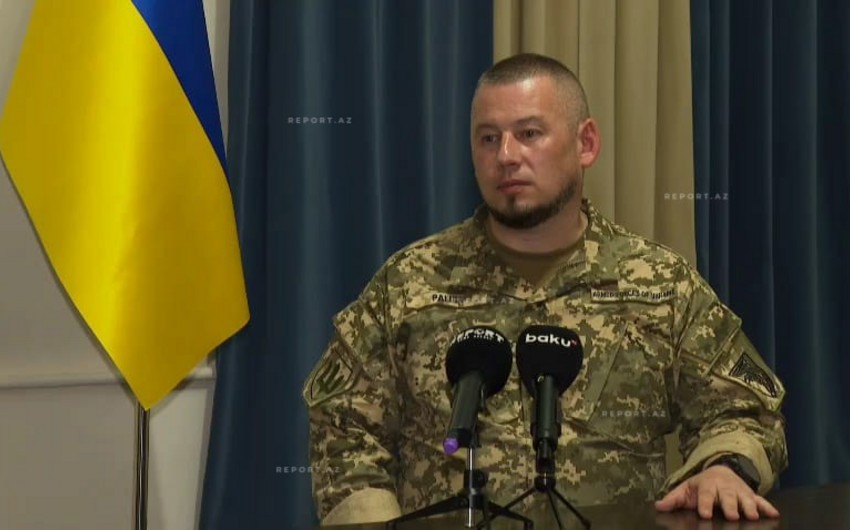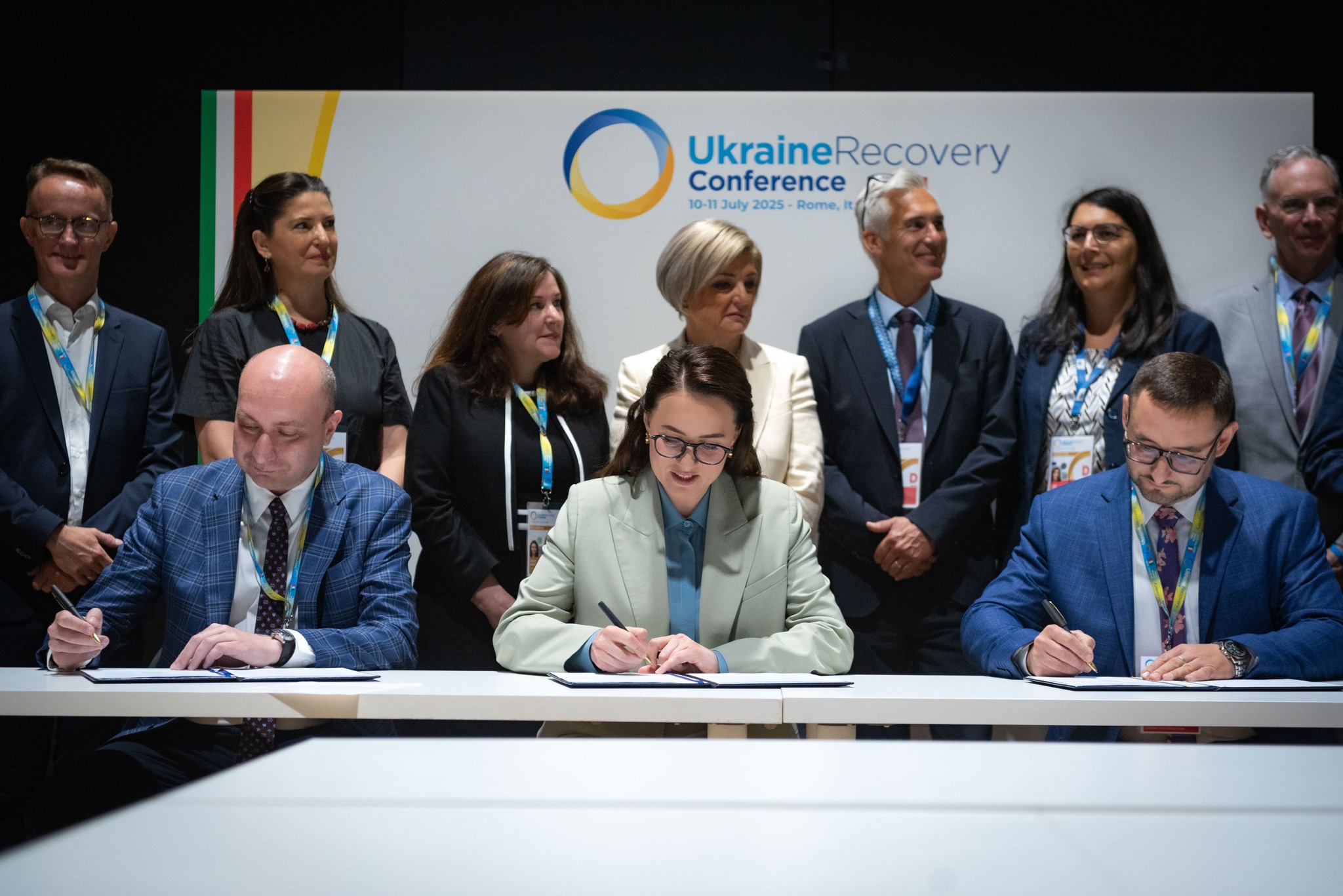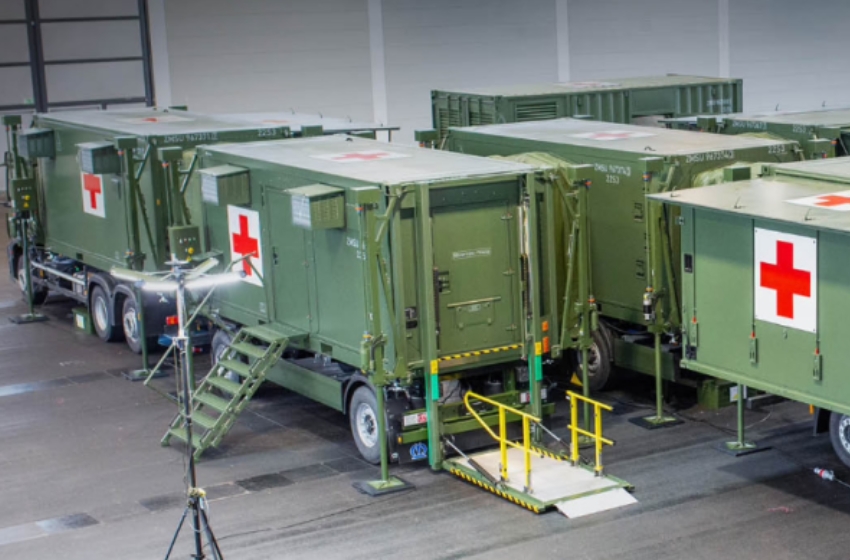The State Property Fund of Ukraine put up for sale the property complex of the Odessa Research Institute of Television Technology (ORITT), which made "eyes" for submarines and equipment for presidential aircraft.
The lot includes 34 units of real estate with a total area of ​​11,853 sq. M. m, located on Mechnikova Street in Odessa. Among them is a nine-storey engineering and laboratory building.
The starting price of the object is UAH 35 million.
According to the Ukrainian Ministry, the auction will take place on December 24.
The buyer will be able to dismiss the current employees on his own initiative, for at least six months, and will be obliged to pay off wage and budget debts, as well as overdue accounts payable. Note that today the Research Institute has only eight employees.
The state property will retain a civil defense facility - an anti-radiation shelter located in the basement of the engineering and laboratory building.
About the ORITT
The Odessa Institute of Television Technology was established in 1973. Initially, specialised in creating studio and outdoor equipment for colour television and devices for the film and printing industry, but over time the institute mastered other areas of work, including airspace industry.
In 1990, Japanese journalist Toyohiro Akiyama flew to the Mir station together with Soviet cosmonauts. He became the first Japanese, the first journalist and the first commercial tourist in space. The Japanese television channel TBS paid the Soviet Union $ 30 million for the delivery of their employee into orbit. In order to allow the space reporter to conduct live reports from orbit without using communication channels with the Flight control center, an onboard noise-immune digital (!) colour television system was developed for Mir in Odessa. In the summer of 1990, it was taken to the station and worked there until the flooding in 2001.
At the Research Institute also made equipment for working underwater. For example, the Institute created a number of innovative surveillance systems for military submarines.
TV scientists armed the submarine hunters with a TV submarine detection system, which is located on anti-submarine aircraft and helicopters. The institute also developed equipment that allows transmitting and receiving graphic and video information via a hydroacoustic channel, that is, in an aquatic environment.
The 1980s were a golden age for the institute. Over the course of ten years, it has grown several times, the number of employees has reached 1100 people (starting with 30). To provide them with a working space, it was necessary to build a new engineering and laboratory complex - the same one that the institute occupies today.
In the 1990s, ORITT entered a period of crisis. First, military projects were curtailed, then airspace ones. The institute switched to civil aviation; fortunately, there were rich clients in this area. The Research Institute developed on-board infotainment systems (telephony, internet, television, game programmes for passengers) for Antonov's aircraft, as well as video surveillance and smoke detection systems.
A few years ago, the Etude infotainment systems (BIRS) were in special demand. They were even in the cabins of An-148 aircraft serving the Ukrainian and Russian presidents. BIRS in VIP-version was several 32-inch video panels connected to a DVD-player and a satellite receiver.
Hope for the revival of the institute appeared in 2015, when Antonov began to cooperate with Saudi Arabia and announced the construction of An-132D aircraft for the Kingdom.
The first flight model, demonstrated in December, was successfully installed on-board video surveillance system, which ORITT created for the previous Antonov aircraft. Thanks to it, pilots, without leaving the cockpit, can observe on a special display everything that happens in the cargo hold, as well as the discharge of equipment and cargo through an open ramp.
It was assumed that all 80 cars that the Saudis wanted to build would be equipped with a BSVN made in Odessa.
Unfortunately, in 2018 the project was canceled, and the Institute had no customers left. Since then, it ceased to carry out all activities.









